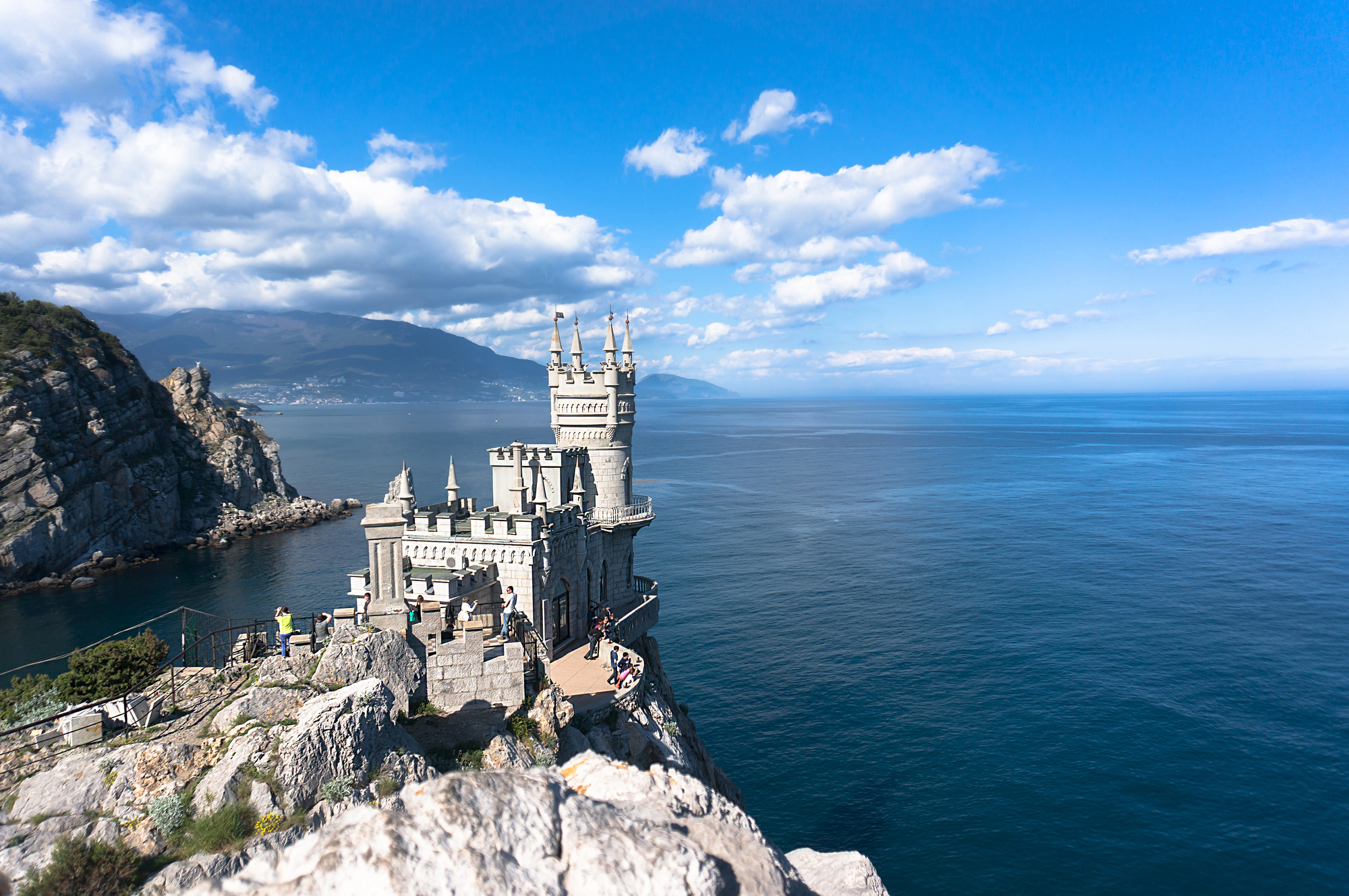
The Crimea and the South of Russia destination represented at our web site includes the Crimean Peninsula and the North Caucasus (the Elbrus area, the Caucasian Mineral Waters area, Sochi and Rostov-on-Don): The Republic of Crimea, city of federal importance Sevastopol, the Rostov Region, the Krasnodar Territory, the Stavropol Territory, the Karachay-Cherkessia Republic, the Kabardino-Balkar Republic. This vast region is located in steppe zone (the Rostov Region, the northern and central parts of the Crimean Republic, the Stavropol Territory), the Caucasian Mountains and foothills (the Karachay-Cherkessia Republic, the Stavropol Territory, the Krasnodar Territory, the southern coast of the Crimea), subtropical zone (the Black Sea coast of the Caucasus and the southern coast of the Crimea).
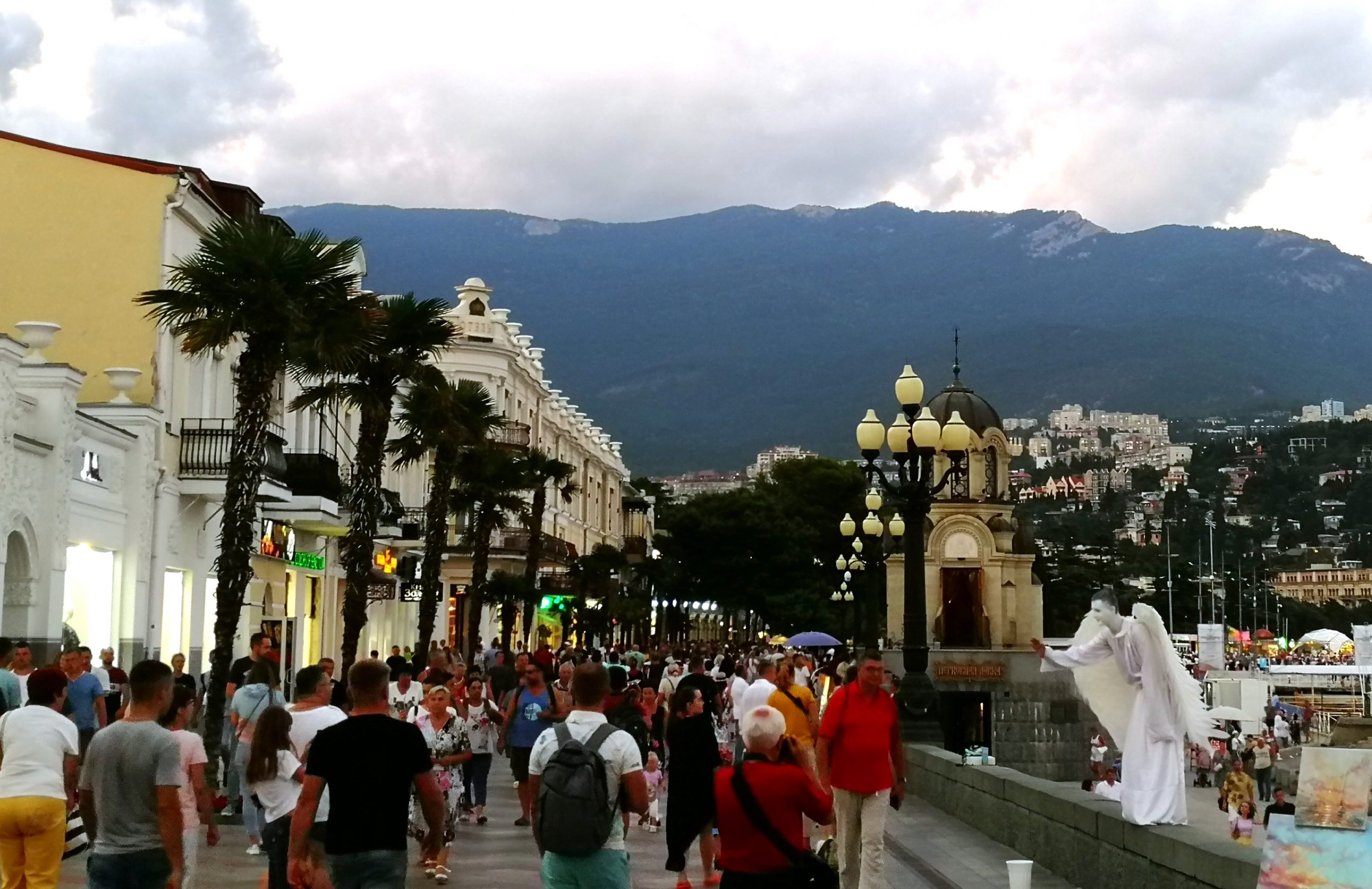
The Crimean Peninsula is located in the south of European part of the Russian Federation at the northern coast of the Black Sea and at the southern and western coast of the Sea of Azov. In the west the Crimea borders on the Krasnodar Territory of Russia, in the north – on the Kherson Region of Ukraine. The Crimea is located in zone of the continental climate with some features typical for subtropics. Average temperature of January is since -1… +1°C at the north of the peninsula to +2…+4°C in the southern coast, average temperature of July is +23+25°C. Temperature of water in summer period is +25 °С at the Black Sea and +27…+28 °С at the Sea of Azov.
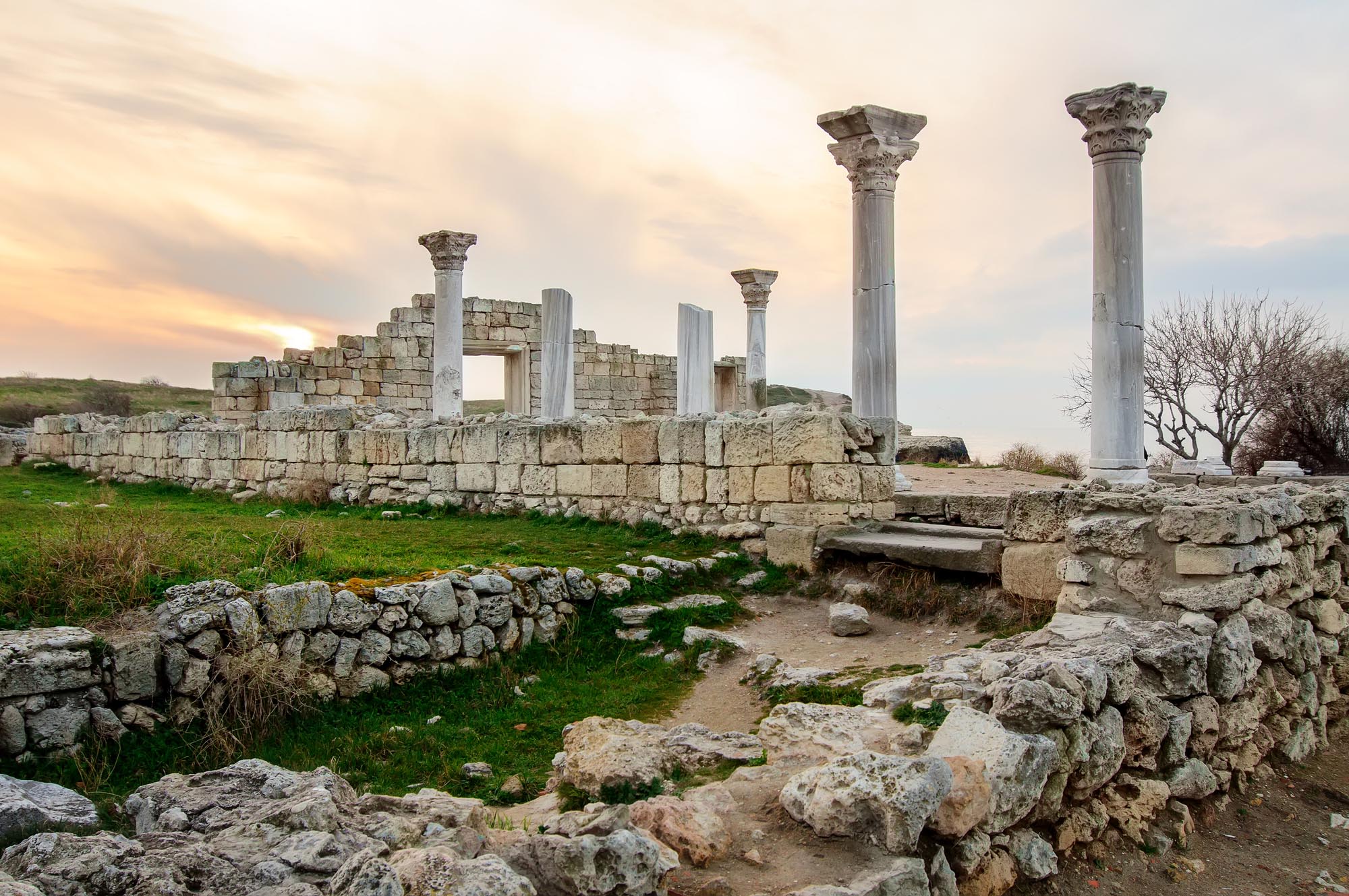
Originally the Crimea was populated by antic peoples of Tauri and Cimmerians. In VIII-IV cc. B.C. the Greek colonies were founded here. The most important among them were Panticapaeum located not far from modern city of Kerch and Chersonesus located not far from modern city of Sevastopol. In period of the Classical antiquity the Bosporan Kingdom existed at the territory of the Crimea. Then the peninsula was a part of different antique states: Kingdom of Pontus, Roman Empire, Byzantine Empire. Crimea went through the invasion of the Goths, Huns, Khazars. It was the scene of a long struggle between Byzantium and Genoa and in XIII c. was conquered by Mongols and became a part of the Golden Horde. Established after disintegration of the Golden Horde (XV c.) the independent Crimean Khanate soon became a protectorate of the Ottoman Empire (1475). After defeat of the Ottoman Empire in Russo-Turkish War (1768–74) Turkish protectorate was abolished and in 1783 the Crimea was annexed by Russian Empire. Russian Black Sea naval base was arranged in Sevastopol, new Russian city built in Crimea. Capture of Sevastopol by allies in September 1855 signified defeat of Russia in Crimean War (1853-1856). After the capture of the Crimea by the Red Army (November 1920) the Civil War was finished in European part of Russia.

In 1941-1944 the Crimea was occupied by German troops. After liberation of Crimea by the Red Army Tatars, Greeks, Bulgarians, Armenians and representatives of some other peoples were accused of collaboration with invaders and all without exception departed to Siberia, Central Asia and Kazakhstan. They got opportunity to return to the Crimea in the Perestroika period only. In 1945 the historical Crimean (Yalta) Conference was held in Livadia. In 1954 (300th anniversary of the reunion of Russia and Ukraine) rulers of the USSR passed the Crimea which was mostly populated by Russians from the Russian Soviet Federative Republic to the Ukrainian Soviet Socialist Republic. This transference was just a symbolic act because the both Russia and Ukraine were the parts of nominally federative but actually unitarian state based on a rigid dictatorship of CPSU. After disintegration of the USSR (1991) new “democratic” rulers of independent states of Russia and Ukraine ignored opinion of Crimean inhabitants and the Crimea remained a part of Ukraine. In early 2014 Putin’s administration of Russia used the situation of political crisis in Ukraine as an excuse for armed intervention into the Crimea to guarantee free will of local population through plebiscite. At the plebiscite arranged on 16/03/2014 people of Crimea voted for reunion with Russia. This act is not recognized by any western country yet but this is forever because this is the decision of Crimean people. In March 2014 the Crimea passed to jurisdiction of Russia.
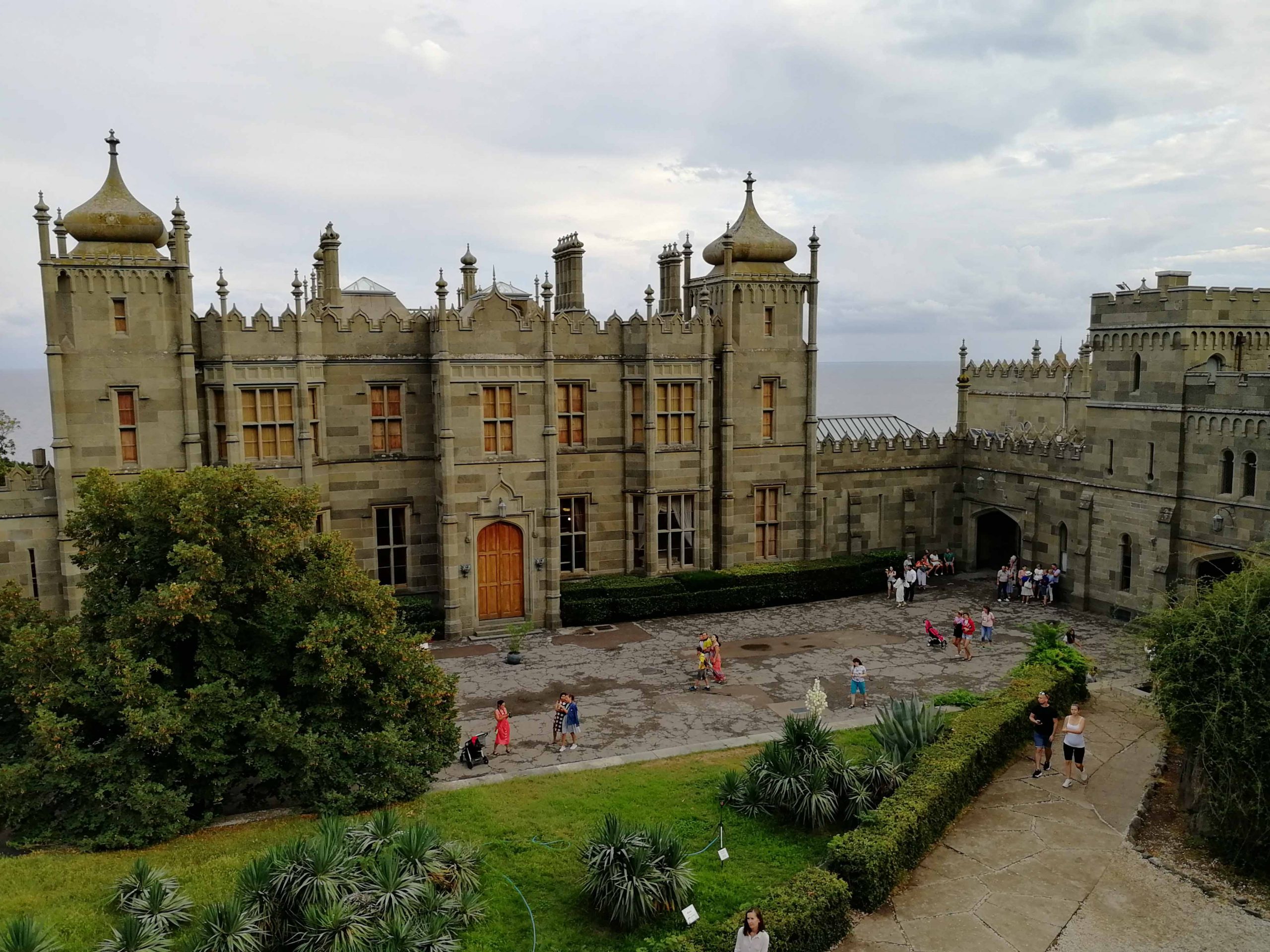
Every corner of the Crimea is associated with Russian and world history and culture. Here you can see ruins of ancient Greek colony Chersonesus, the main base of Russian Black Sea Navy with its interesting and heroic history – city of Sevastopol, one of the oldest Russian resorts – Yalta associated with name of Anton Chekhov, numerous palaces of Russian imperial family and representatives of Russian nobility (among them are famous Alupka Palace of counts Vorontsovs and the summer residence of the last Russian Emperor in Livadia where historic Crimean Conference of Churchill, Roosevelt and Stalin was held), the former capital of the Crimean Khanate – Bakhchysarai, a symbol of the Crimea – famous castle the Swallow’s Nest.

The Rostov-on-Don Region is located along the lower and middle stream of the Don River, one of the largest rivers of Europe, and its tributaries. One of the Don River left tributaries (the Manych River) is considered a border between Europe and Asia. The climate of the Rostov Region is temperately continental with mild snow and rainy winters (average temperature of January is -4°C) and hot, dry summers (average temperature of July is +23°C).
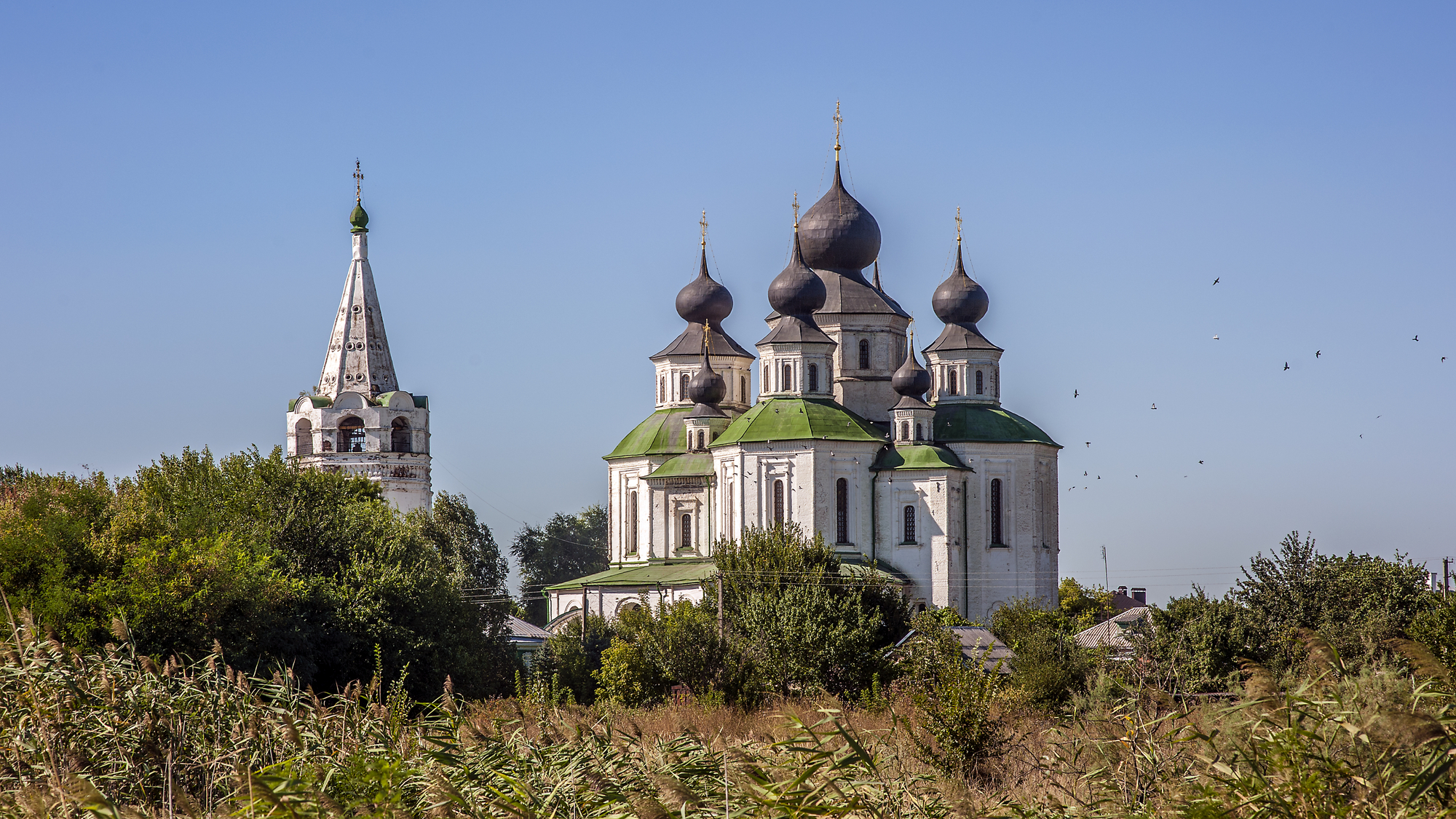
The area of the Rostov Region is completely covered with steppes. During the very long period it was a part of the Great Steppe populated in different periods with different nomad (mostly Turk) peoples. In the early XIII c. the Golden Horde (previously the northwestern part of the Mongol Empire) was established in western part of the Great Steppe. Soon the Golden Horde was completely Turkcized and became independent state but with Mongol dynasty survived. After disintegration of the Golden Horde (early XV c.) the Lower Don River area and the main part of the present Krasnodar Territory became a part of the Crimean Khanate (since 1475 the Crimean Khanate was a protectorate of the Ottoman Empire). Approximately in the same period Russian colonization began. Numerous runaways from central parts of Russia and aboriginal turk population formed the sub-etnic group of the Don Cossacks who was nominally subordinated to Russian official authorities but lived practically independently.

During very long period in XVII-XVIII cc. this area was an arena of numerous wars between the Ottoman Empire and Russia. After crushing of the 1707-1708 Rebellion, when Cossacks led by their ataman (tittle of Cossacks elected leader) Kondraty Bulavin waged actual war against Russian Empire standing upon their traditional rights, the Cossacks lost theirs independence, was subordinated to imperial College (Ministry established by Peter I) of War and became a division of Russian army actively used by tsarist government during its numerous wars and for internal repressions. During the Civil War in Russia (1918-1922) the Lower and Middle Don River area historically populated with free proprietors and where system of the serfdom never had been existed was one of the main centers of anti-Bolshevik resistance.
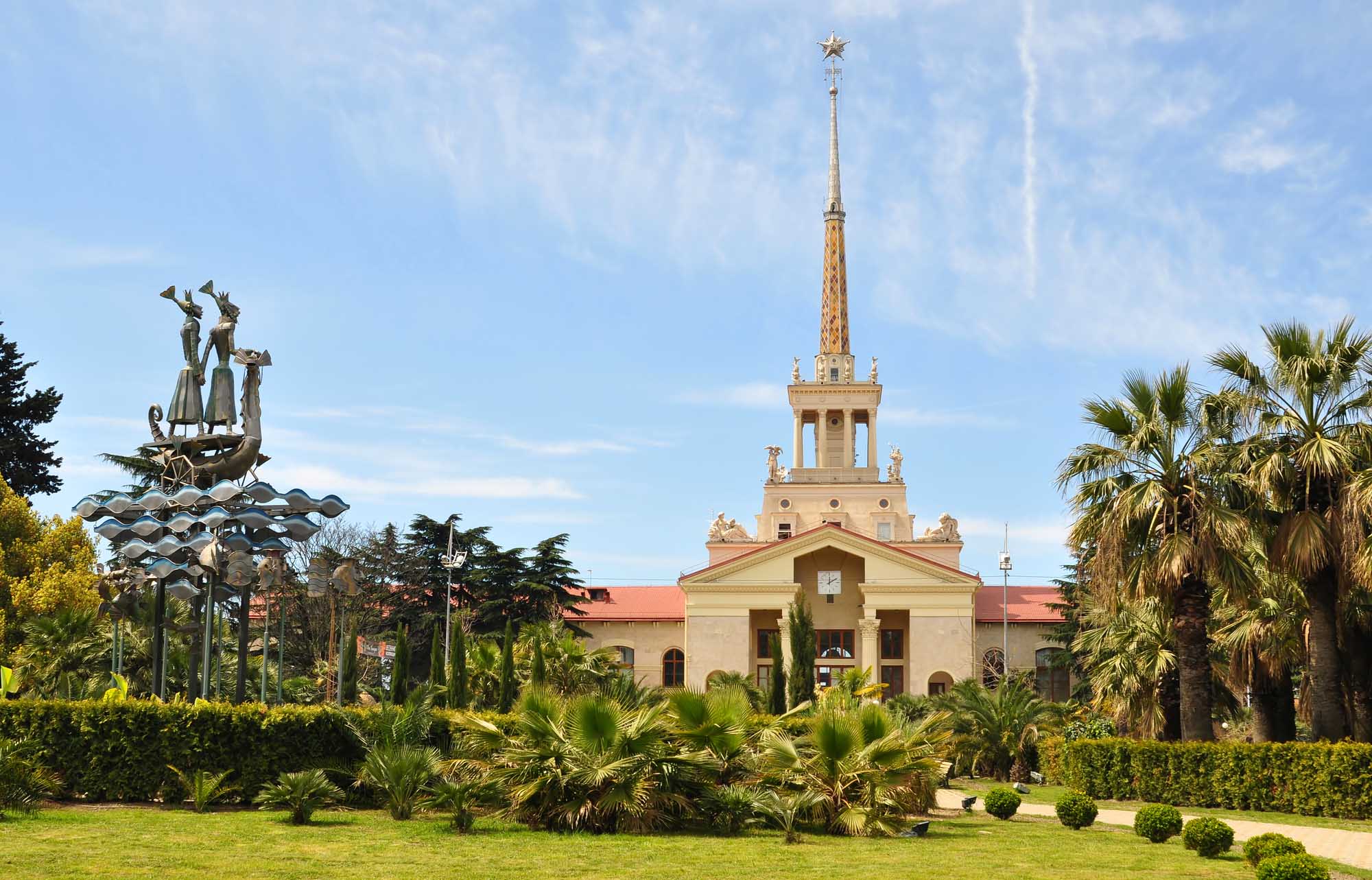
Sochi is one of the most important sea resorts of Russia. City is located at the Black Sea coast of the North Caucasus (the Krasnodar Territory) in zone of humid subtropical climate with warm rainy winter (average temperature of January is +6°C) and sunny warm summer (average temperature of July is +25°C). The North Caucasus Black Sea shore was included to Russia after Russo-Turkish War of 1827-1829. Settlements forming city of Sochi now were established in 1830s as coastal forts. Since early XX c. Sochi was known as the sea resort. During the Civil War in Russia (1918-1922) government of independent Georgia attempted to annex Russian North Caucasus Black Sea lands and Georgian troops occupied Sochi but soon White Army of general Anton Denikin struggling for “United, Great and Indivisible Russia” recaptured these territories. After the end of Civil War and establishment of Soviet power Sochi became one of the main resorts in the USSR. Now Sochi is the largest resort in Russia and also important economic and cultural center of the Russian South. Sochi formed with several settlements located alone the Black Sea coast is the longest city of Russia. Winter Olympics were held in Sochi in 2014.
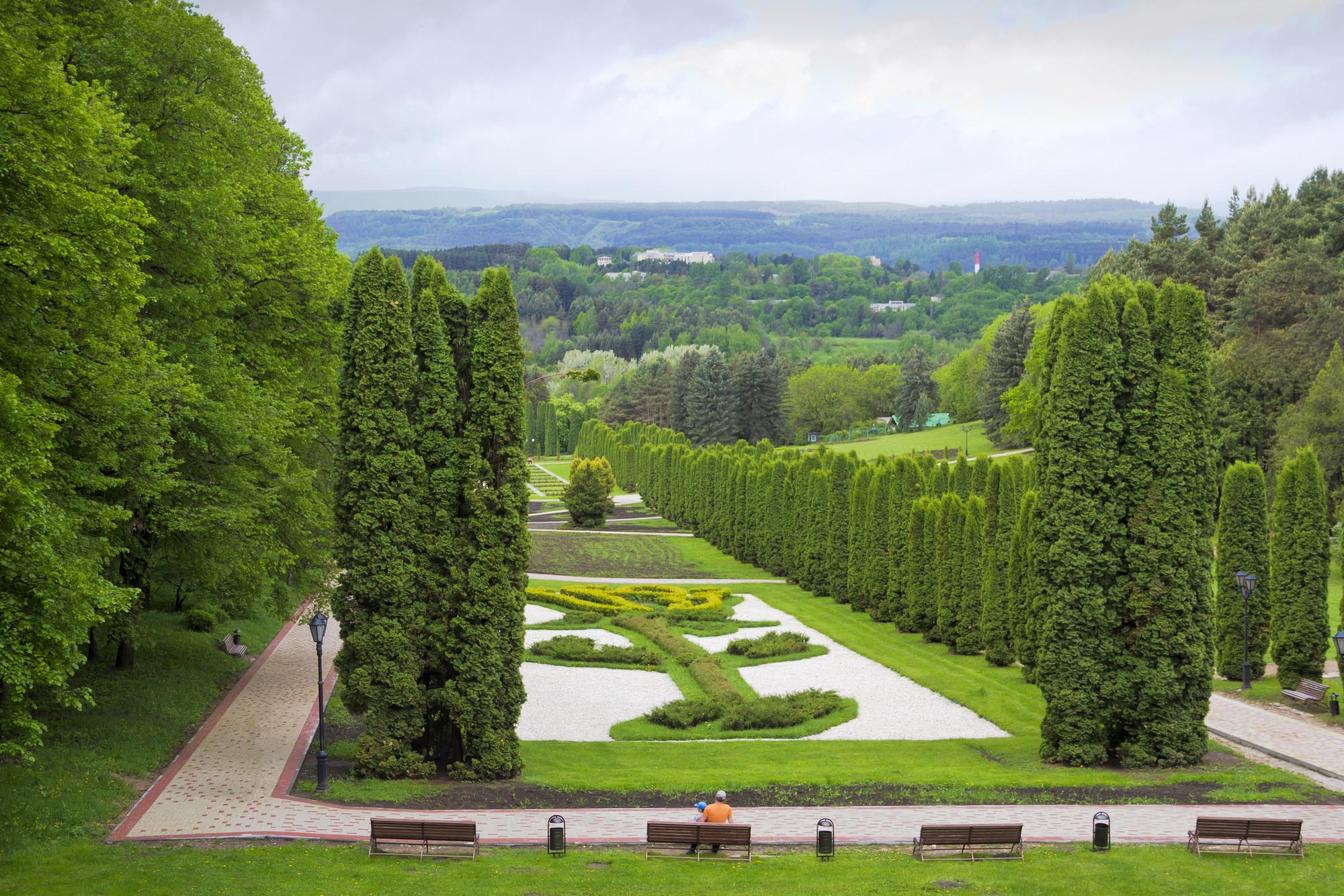
The Caucasian Mineral Waters is a resort region in the South of the European part of Russia located at the northern slopes of the Greater Caucasus Range almost at the same distance from the Black Sea and the Caspian Sea. The region includes several resort cities of the Stavropol Territory: Georgievsk, Lermontov, Yessentuki, Mineralnye Vody, Pyatigorsk, Kislovodsk, Zheleznovodsk. The region is located in zone of the continental climate with a large amount of heat and moderate rainfall. Average temperature of January is -4°C. Average temperature of July is about +20°C. The Caucasian Mineral Waters is one of the oldest resort regions of Russia. Healing properties of local mineral springs were known since early XVIII c.. In 1803 resorts were officially established here. Active development of the Caucasian Mineral Waters resorts in early and mid-XIX c. is associated with the names of Russian governors in the Caucasus generals Aleksey Yermolov and Mikhail Vorontsov. Since 1880s balneotherapy is practiced at this area too. In period of WW II the region was occupied by German troops striving for the oil fields of Grozny and Baku (1942-1943). Nowadays the region of Caucasian Mineral Waters together with the Crimea and the Black Sea coast of the Caucasus is one of the most popular resorts of Russia.

The Elbrus Area is the world-known center of mountaineering, mountain skiing and tourism located around the highest in Europe mountain of the Elbrus, mountain of the Cheget and the upper reaches of the Baksan River. The Elbrus area is located in zone of the continental climate with moderately soft winter (average temperature of January is -6 °C) and cool summer with frequent rains (average temperature of July is +15 °C). In the early summer weather is changeable with frequent rains and a lot of snow in the highlands. That’s why travel through mountain trails before July and after September without special training and good experience is not recommended. Special training and experience are required for climbing to the northern slopes of the Mountain Elbrus but traveler of any age and level of training can reach the Elbrus peak from the South. Slopes of the Elbrus and the Cheget Mountains equipped with numerous ski lifts and cable ways are ideally suit for mountain skiing and the Elbrus resort area is very popular in Russia center of skiing. Several ski schools for training for Alpine skiing with instructors are arrange at the Elbrus area. Natural snow cover is available in November and ski season lasts until April. In the upper area of the Elbrus skiing is possible until May. White caps on the mountain peaks are all year round. The Elbrus area is also good place for soft trekking. Besides this is not necessary to stay at tents if you want to explore wild nature of the Caucasus. You can visit some picturesque corners of the Elbrus area during day tour by vehicle from Pyatigorsk or Kislovodsk.